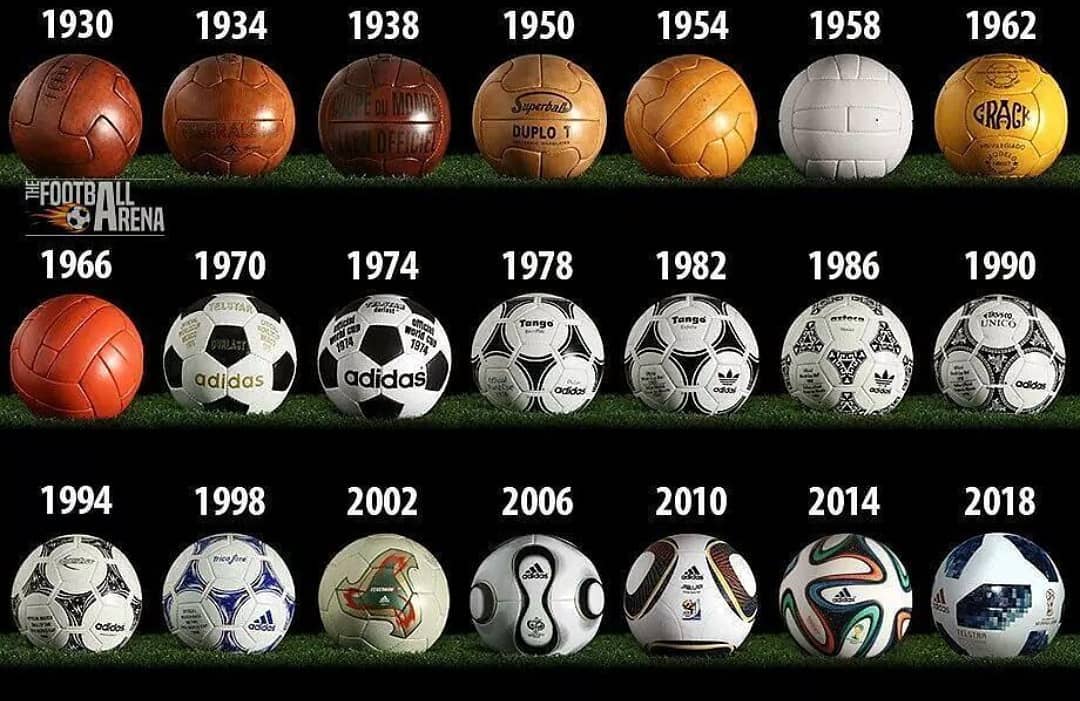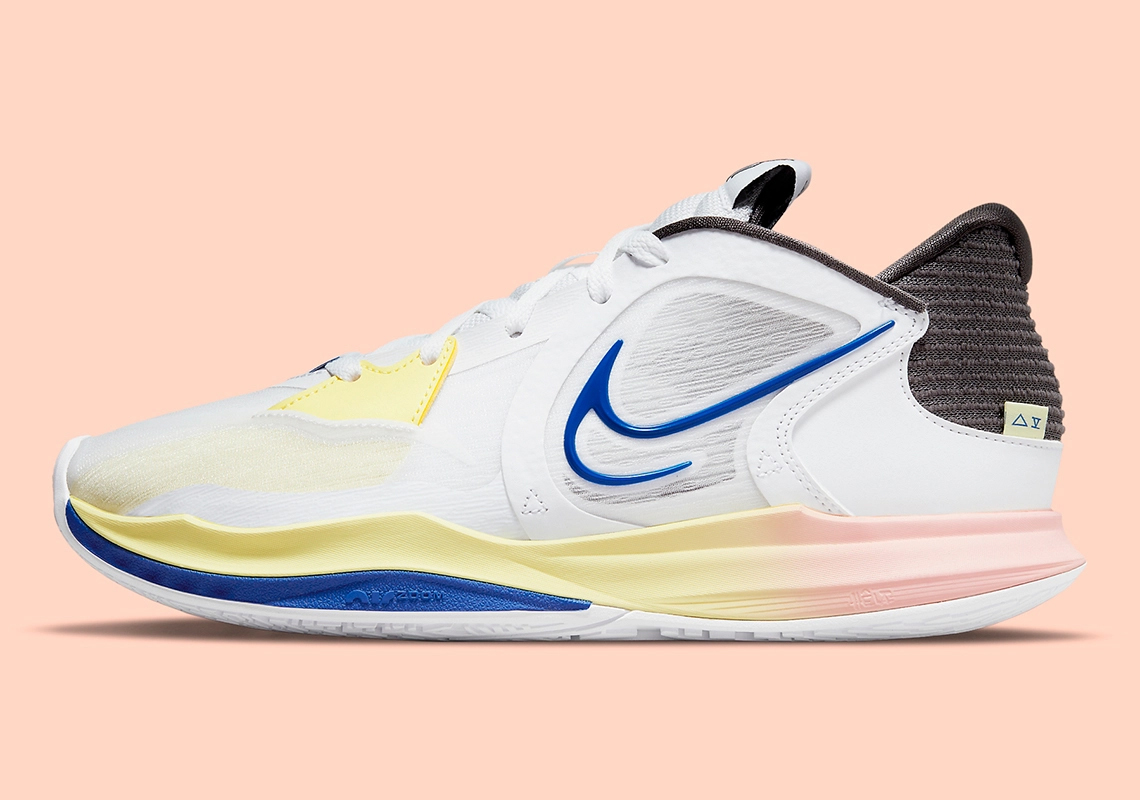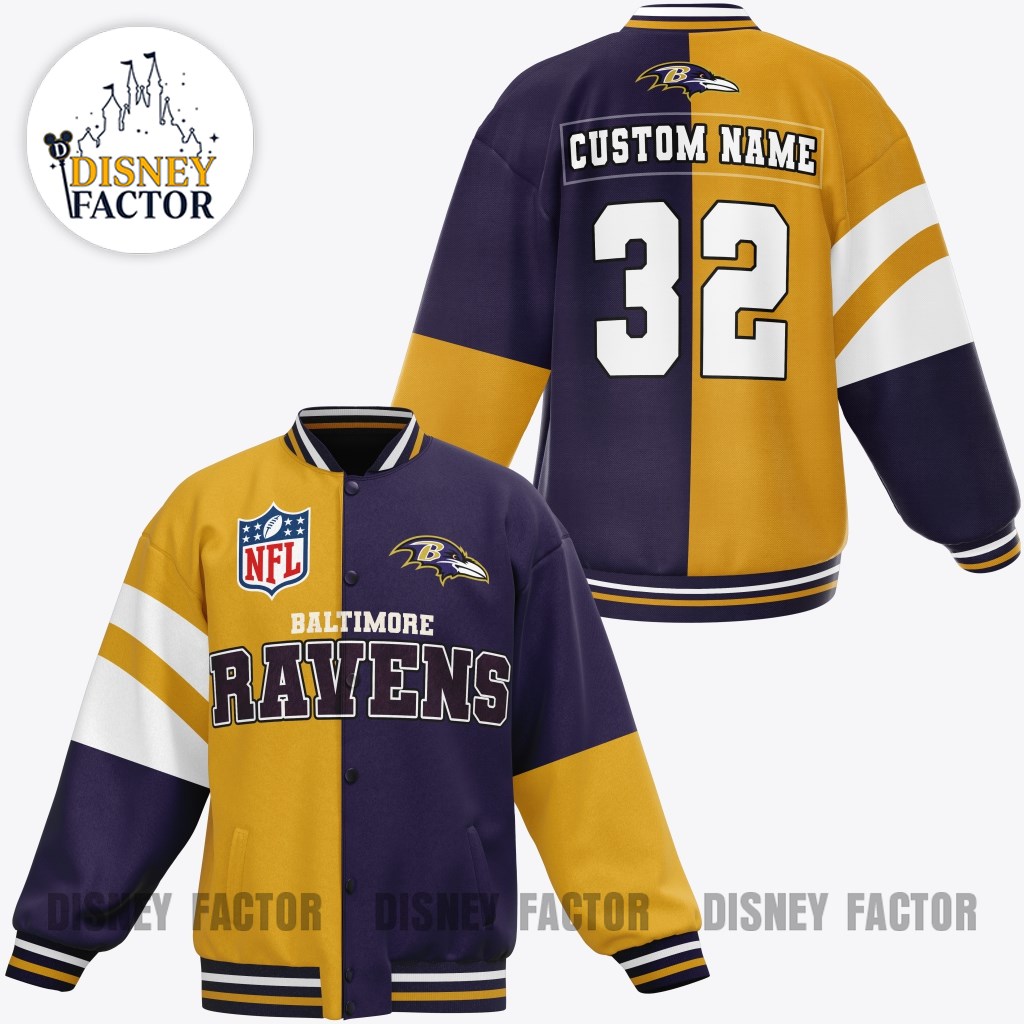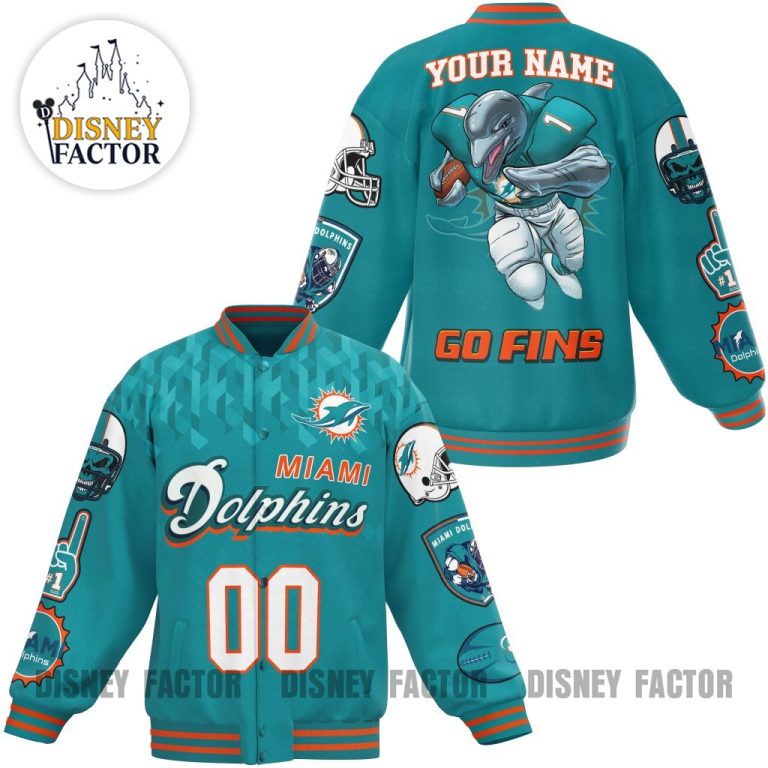World Cup history since 1930

Come on again, the biggest soccer tournament in the world that takes place every four years, the World Cup takes place again. And as usual, one of the indispensable ingredients for a football match to take place is that the ball continues to be the hot topic of the table. IN World Cup 2018 Taking place in Russia this summer, the official ball is named adidas Telstar 18, with a retro feel and color, but on the inside, advanced technology. As usual, the product is designed and manufactured by adidas, an important FIFA partner and official FIFA World Cup ball supplier since 1970.
Thank you for reading this post, don't forget to subscribe!On this occasion, let’s take a look at all the football versions from the first World Cup in 1930 with EACHSHOES and interesting stories and information behind each of these balls.
1. World Cup 1930 (Uruguay)


The first World Cup to take place in Uruguay did not actually have an official ball. In the final match between Argentina and Uruguay, both teams want to win the right to use their own balls (both balls are sewn and pumped by hand). The result is to use each country’s ball for each quarter: Argentina’s “Tiento” ball for the first half and this team lead 2-1, Uruguay’s “T-Model” ball (bigger and heavier) for the second half and the home team. win back 4-2.
2. World Cup 1934 (Italy)

The second World Cup in 1934 took place in Italy. The workshop, named ECAS (Ente Centrale Approvvigionamento Sportivi) in the city of Rome, was responsible for producing lighter, softer “Federdale 102” balls for the tournament (although it was still hand machined). However, some matches in the league still use the ball produced in England.
3. World Cup 1938 (France)

Football producer Allen based in Paris, France made the ball called “Allen” for the 1938 World Cup taking place in this country. This edition marks the first time a World Cup ball has been printed with its brand information on the body. In addition, the ball “Allen” is made up of 13 pieces of leather instead of 12 pieces as before. Also interesting is the fact that the ball is shaped with more rounded pieces and becomes a standard of production for all later versions of the ball.
4. World Cup 1950 (Brazil)

The 12-year hiatus caused by the war made the world soccer tournament not until 1950 again. A fairly long distance also enables ball production to be more advanced than manual polishing. The official ball of the tournament called the Duplo-T produced by Superball has a completely new design that does not use a string anymore thanks to the pump mechanism with pump needles and air. This is the mechanism used to this day.
5. World Cup 1954 (Switzerland)
The 1954 tournament in Switzerland saw the official Swiss World Champion ball with an innovative 18-piece zigzag stitched inside. This is a ball sewing style that is applied to many years later. Interestingly, FIFA at this World Cup decided not to allow ball producer Kost Sport (in the city of Basel, Switzerland) to have brand information printed on the ball.
6. World Cup 1958 (Sweden)

The 24-piece Top-Star ball produced by Sydsvenska Läder och Remfabriken (Ängelholm, Sweden) was the winner of a total of 102 candidates who submitted their unsigned ball in a “blind” selection. organized by FIFA. Each team participating in this World Cup is given 30 balls to practice and get used to the ball.
7. World Cup 1962 (Chile)

The Crack is the official ball used in the 1962 World Cup (Chile). Produced by a domestic company called Senor Custodio Zamora H. (San Miguel, Chile), this 18-piece puzzle ball with a heterogeneous shape is not well received and trusted, especially from teams from Europe.
8. World Cup 1966 (England)

In the 1966 World Cup in England, FIFA held another big selection to find a really good ball production company for this tournament. The Slazenger Company with a Challenge 4-star result made up of 18 pieces has won 110 candidates.
9. World Cup 1970 (Mexico)

The Telstar ball debuted at the 1970 World Cup in Mexico was the first World Cup tournament to be shown on television. This is also the first time that adidas has co-produced balls for this famous tournament and since then is also an official and exclusive manufacturer. Named after an American artificial satellite that was accidentally destroyed by Russian troops during the Cold War, the ball marks the first use of 32 hexagonal leather panels painted in black and white to easier to observe when watching on TV. This image of black and white has since become the unmistakable global icon of football in general.
10. World Cup 1974 (Germany)

Because the “Telstar” fruit created a breakthrough and unexpected success, the “Telstar Durlast” of the 1974 World Cup did not have many changes but only had a protective coating on the glossy leather to increase the “gloss” and resistant to moisture and wear and tear. adidas has signed a long term partnership contract so of course it is allowed to put its brand name and logo on the ball.
11. World Cup 1978 (Argentina)

Understandably, the official ball of the 1978 World Cup in Argentina is called “Tango” – a famous dance music genre that originated in the Buenos Aires suburbs in this country. “Tango” has a design almost similar to the “Telstar” fruit but the simple black and white markings have been stylized: hexagons now have black triangles inside. adidas did not really believe in this version at first, so he had prepared a backup of “Telstar Durlast” ball for the tournament. In the end, however, “Tango” was very successful and was extremely famous for its sales as high as “Telstar”.
12. World Cup 1982 (Spain)

As with its predecessor “Tango”, “Tango España” has been revamped and is also coated with a PU waterproof coating to ensure durability and water resistance. This is also the last version of a World Cup made from natural leather.
13. World Cup 1986 (Mexico)

The 1986 World Cup version of “Azteca” marked the first time a soccer ball was used at the World Cup to be made of synthetic material. Compared to leather, this material has the advantage of being highly resistant to deformation at various forces at any angle, as well as better waterproof and more durable. In terms of design, the plain black triangle in previous versions has been stylized with patterns inspired by ancient Aztec architecture.
14. World Cup 1990 (Italy)

Still a stylized design but with the image of the Etruscan lion is a prominent work of art of an ancient people in Italy, the ball “Etrusco Unico” continues the trend of expressing the national identity. host on adidas product.
15. World Cup 1994 (USA)

The host of the World Cup 1994 at this time was strongly promoting the theme of space travel, so the official ball “Questra” has a design that clearly shows this spirit. The ball is also coated with polystyrene which is believed to make the ball easier to control and fly faster (there is news that FIFA wants this tournament to be exciting with more goals scored, so adidas asked to do so. this). And indeed, this year’s tournament had a lot of goals scored.
16. World Cup 1998 (France)

The 1998 World Cup in France was the first tournament that the official ball called “Tricolore” did not bring the familiar black and white color scheme, but instead was a new shirt with 3 colors blue, white, and red like the French flag.
17. World Cup 2002 (Korea – Japan)

The 2002 World Cup was the first time this tournament was held in Asia and also the first time the design of the ball called “Fevernova” was a large stylized triangle with many colors. This is also the period when adidas did a lot of research and testing specifically dedicated to the production of football to be able to make a ball of high quality and light weight as possible.
18. World Cup 2006 (Germany)


The name of the ball is “Teamgeist” which roughly translates as “Team Spirit” – an unmistakable German trait. This glossy version is only 14 pieces and is said to give the ball a higher roundness and certainty. In particular, in this tournament, each match has its own ball with the match name, team name, date, and stadium. In addition, in the final, a ball with the yellow color “Teamgeist Berlin” is used.
19. World Cup 2010 (South Africa)


Although the “Jabulani” ball of the 2010 World Cup in South Africa was advertised as having the highest roundness because it had only 8 pieces, was complained and criticized by many goalkeepers due to the reduced friction causing speed and funds. The ball’s flight direction is very unstable. Like four years ago, there is also a version of the golden ball dedicated to the final called “Jo’bulani”.
20. World Cup 2014 (Brazil)


“Brazuca” of the 2014 World Cup partly regained adidas’ face as a result of a series of procedures of checking and testing the ball of this company. With only 6 puzzle pieces and design images in colorful colors that match the identity of the host country, this is the first version of the ball to be named by the fan.
21. World Cup 2018 (Russia)

“Telstar 18” of this World Cup 2018 has a name that is almost identical to the ball in 1970, the appearance of this rookie also has similar features in the main black and white color, but the pattern is stylized. how to break pixel pixels to express the “digital” and high-tech nature of the new age. Like Brazuca at the 2014 World Cup, Telstar 18 has 6 pieces. The detail that people who love technology especially interested in lies inside the ball and has been accumulated, researched and developed by adidas for many years. Specifically, an electronic NFC chip (near field connection protocol) is integrated and mounted inside the ball, allowing the judges to interact with the ball via smartphones. With this technology, statistics around the match as well as data on a player’s flight speed, rolling speed, distance traveled, or shot force can be easily collected and analyzed.
See more: The goalkeepers “call the sky” because of the Telstar 18 ball in the 2018 World Cup
Comment
Source: World Cup history since 1930
– Eachshoes.com








